
The Met Celebrates Irving Penn, Revolutionary Photographer

Before I paid much attention to photographers’ credits in fashion magazines, I remember the wonderful shock of the slightly crazed, insuperably elegant photographs of foods or fading flowers that I often encountered in Vogue. Exuding an indelible, instantly recognizable style, they were the work of the great Irving Penn — the first modern photographer whose name was fixed in my young brain.
Penn’s images were casual yet exquisite in every way: With their drizzled liquids, spilled spices and other raw ingredients, or their strewn petals, they felt innovative and intimate, as if tossed off by someone who had just exited, smiling. But their contrasting textures and vivid colors, enhanced by the sparkling white seamless background paper, and the wit and poise of their compositions, seemed like art, and almost out of place in a magazine. They evoked the still lifes of Chardin and Manet, but were now and new, with a refinement of detail and color that only a camera could manage. As I browsed through an issue, I would hope to find their wonderful disorder and their bold scale, which was close to actual size. I pored over them, detail by detail.
Two food photographs, taken in 1947, greet you at the entrance of “Irving Penn: Centennial” at the Metropolitan Museum of Art, a crystalline exhibition in which nearly every gallery exhales its own delicious breeze. “Still Life With Watermelon, New York” features a compote of fruit, a rumpled napkin, a loaf of broken bread and even a stray fly atop a lemon, and looks to Spanish and Dutch still life for inspiration, but has some contemporary slovenliness. “Salad Ingredients, New York” is more minimal, spreading about the makings of a salad and its dressing, including a half-used head of Bibb lettuce, peppercorns, salt, an egg yolk, lemon and a little vinegar and oil pooling in two spoons. Leave the mess, take the salad.
This energizing show, which opens on Monday, presents a perfectionist with a curious eye and a strong work ethic who all but obliterated the line between commerce and art by dint of meticulous concentration, an innate classical style and a quiet respect for every subject he took on. These qualities can be seen, and felt, throughout the exhibition, which celebrates the centennial of Penn’s birth in 1917, and also a promised gift of nearly 190 vintage prints from the Penn Foundation, established before his death in 2009.
As the show moves along, it retraces a brilliant, productive career of nearly 70 years, revealing the unwavering consistency of a vision fixed on form and beauty in their many guises: extensive fashion work for Vogue; portraits of cultural luminaries and tradesmen, as well as of indigenous Peruvians and New Guinean tribesmen; nearly abstract close-ups of overly voluptuous nudes; and colossal cigarette butts magnified to suggest Roman columns, tombstones and even corpses.
Except for his portraits, Penn’s images almost invariably ran in color in Vogue — as copies of the magazine displayed in vitrines remind us. But he printed only still lifes in color; everything else was black-and-white, perhaps to claim the images for art. More crucially, Penn, like Walker Evans (an important influence), was a master of tone, with an unusual sensitivity to light and its complexities. Not that he wasn’t adept with color; the one piece of advertising work here is a spectacular image for L’Oréal. It shows a model’s lips brushed with eight different shades of lipstick, as if by a painter.
Penn, whose first ambition was to be a painter, was born in Plainfield, N.J. His father, who emigrated from Russia in 1908 and shortly thereafter changed his name from Chaim Michelsohn to Harry Penn, was a Sunday painter trained as a clockmaker. That combination of artistry and precision seems prophetic, as both Irving and his younger brother, Arthur (who became a celebrated movie director), would make their names using cameras.
In high school in Philadelphia, Penn excelled in art, and then spent four years at the Philadelphia Museum and School of Industrial Art (now the University of the Arts). There he was mentored by Alexey Brodovitch, the renowned art director of Harper’s Bazaar, who recognized Penn’s talent and became something of a father figure.
By 1938, Penn was in New York, making drawings and designing for magazines, including Harper’s Bazaar, and saving enough money to buy his first camera. This was a Rolleiflex, an advanced implement and in itself a strong statement of commitment and ambition. Nonetheless, he spent a year in Mexico trying to be a painter before realizing where his future lay.
In June 1943, Penn was hired by Alexander Liberman, who had been recently appointed as the art director at Vogue, to design covers. When Penn expressed his disappointment in some photographs, Liberman encouraged him to take his own. His first Vogue cover, using one of his still lifes, appeared that October. The August 1944 issue featured his first fashion photographs.
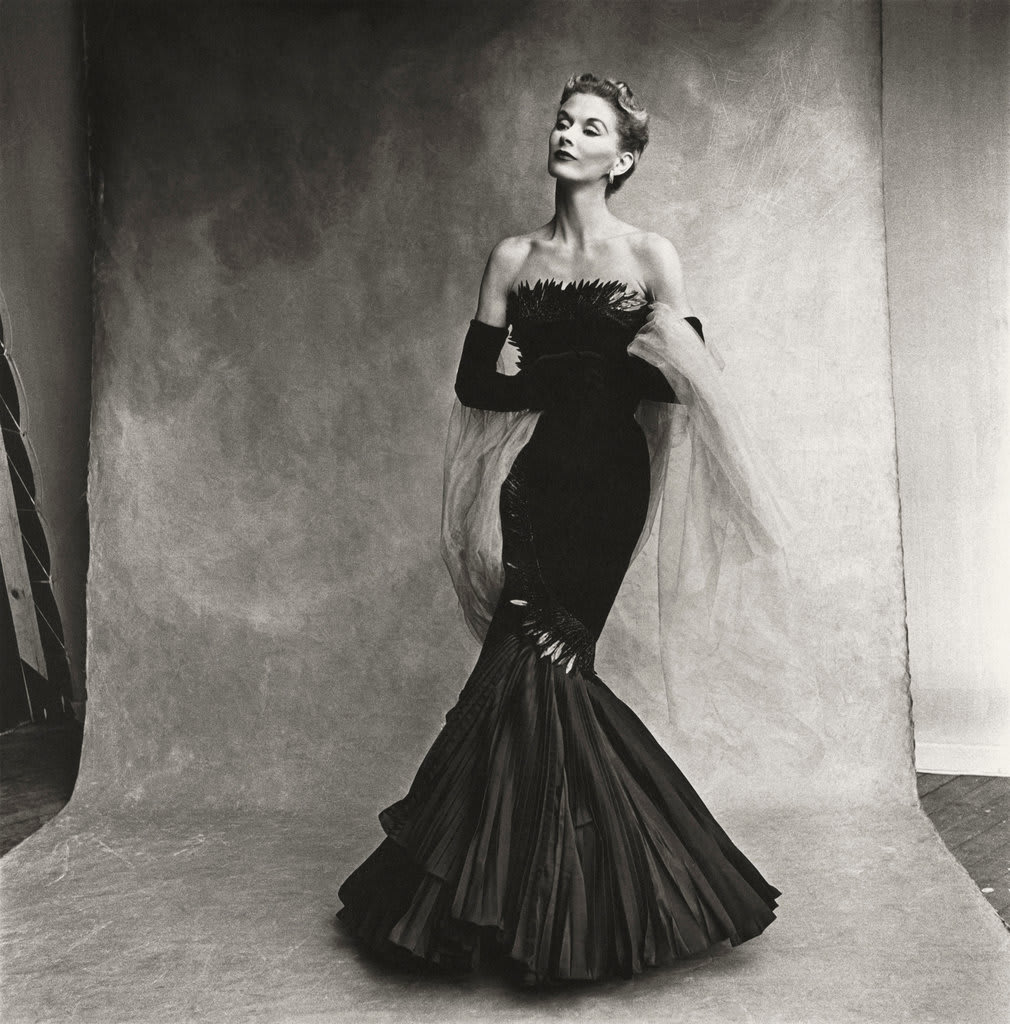
“Rochas Mermaid Dress (Lisa Fonssagrives-Penn), Paris, 1950.” Penn married the model that year. Credit: Irving Penn, Condé Nast and Metropolitan Museum of Art
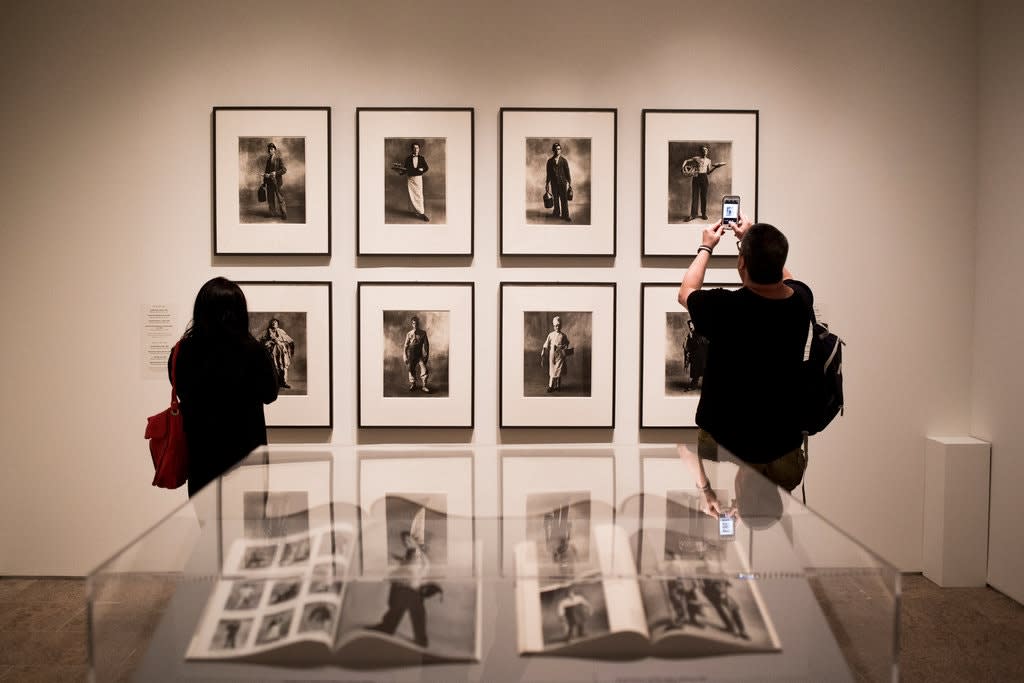
“Irving Penn: Centennial,” spanning decades of the photographer’s work, opens on Monday at the Metropolitan Museum of Art. Credit: Irving Penn Foundation, Metropolitan Museum of Art; Alex Wroblewski for The New York Times
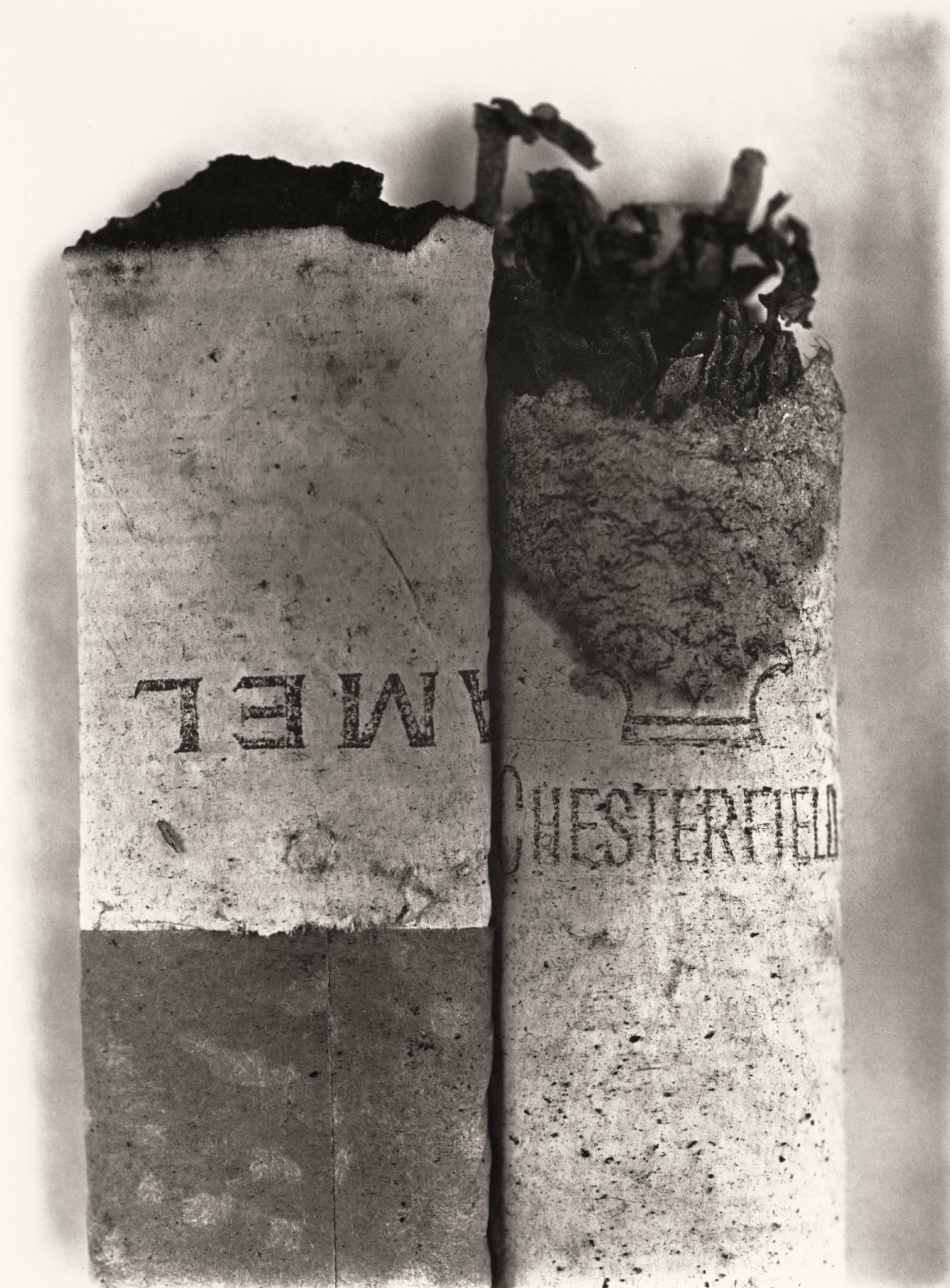
Penn saw form and decaying beauty in the everyday, as in “Cigarette No. 37, New York, 1972.” Credit: Irving Penn Foundation, Metropolitan Museum of Art
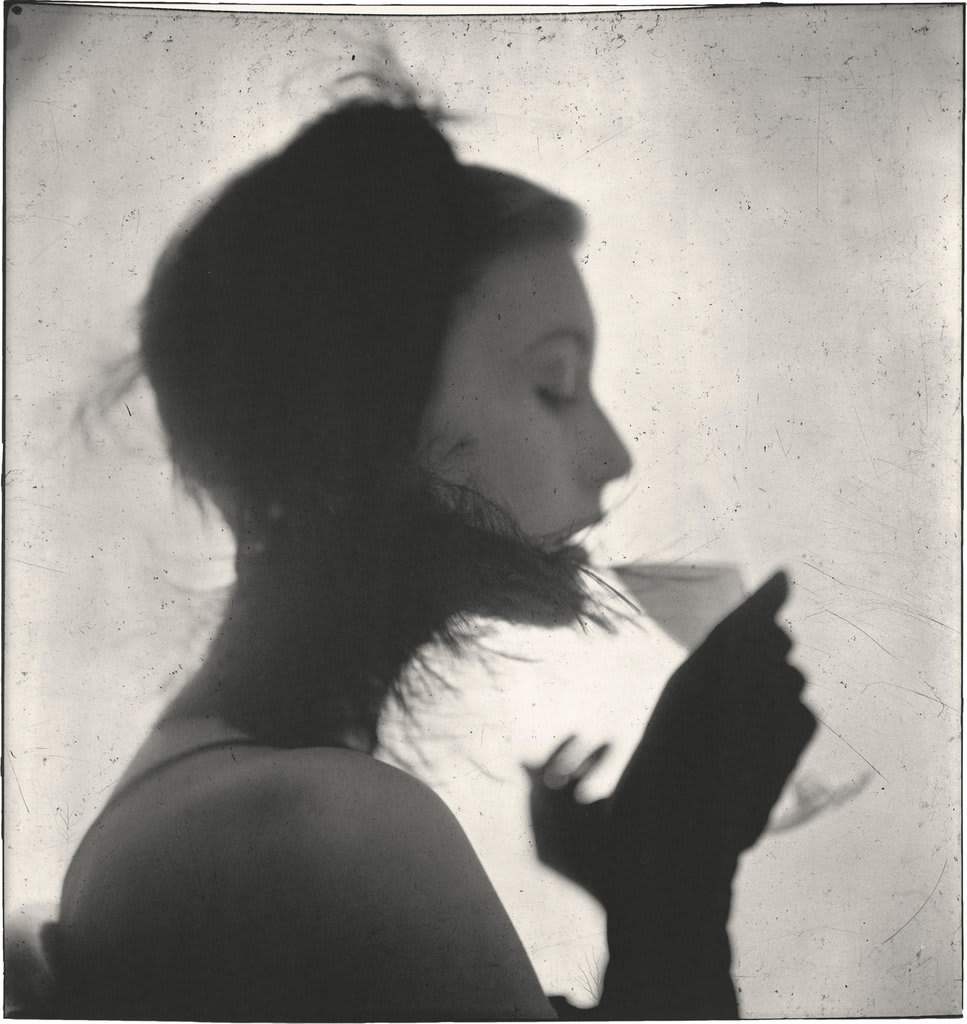
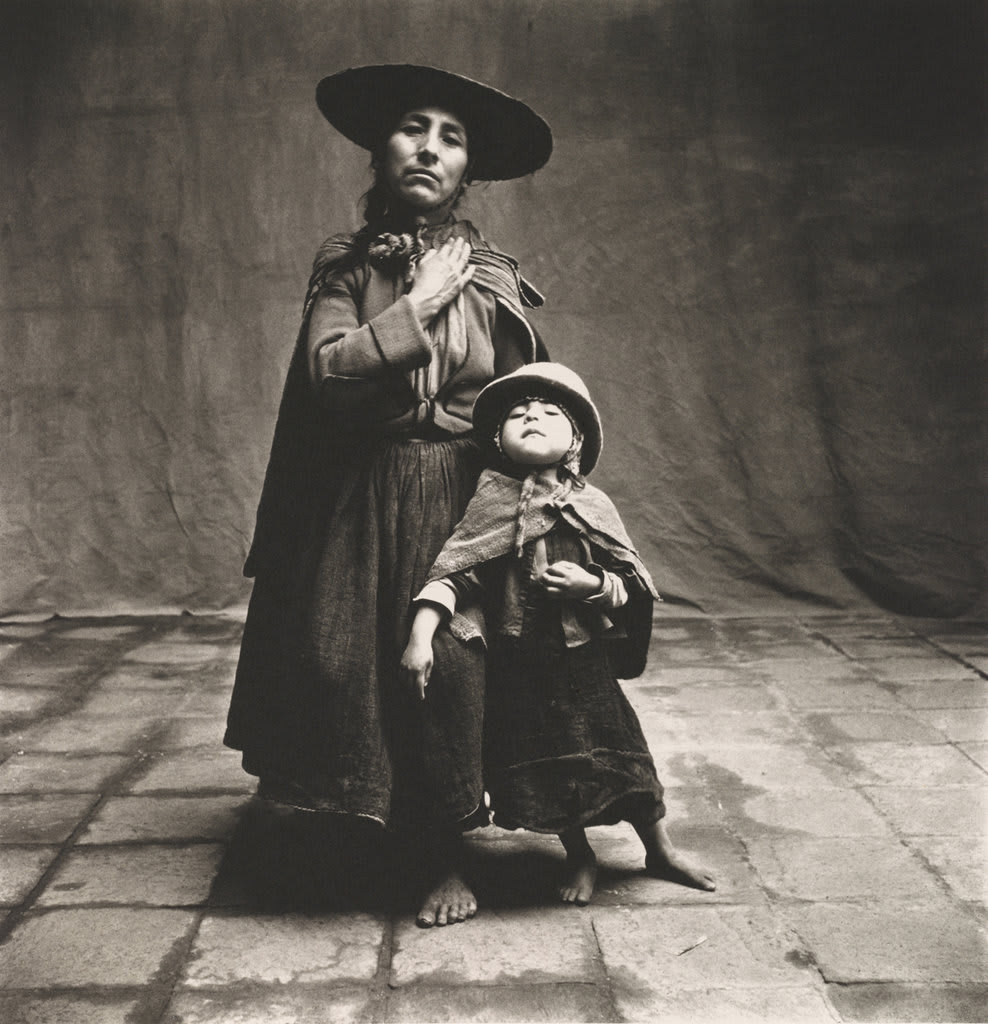
“Mother and Posing Daughter, Cuzco, 1948,” part of a series of portraits of Peruvians.Credit...Irving Penn Foundation, Metropolitan Museum of Art